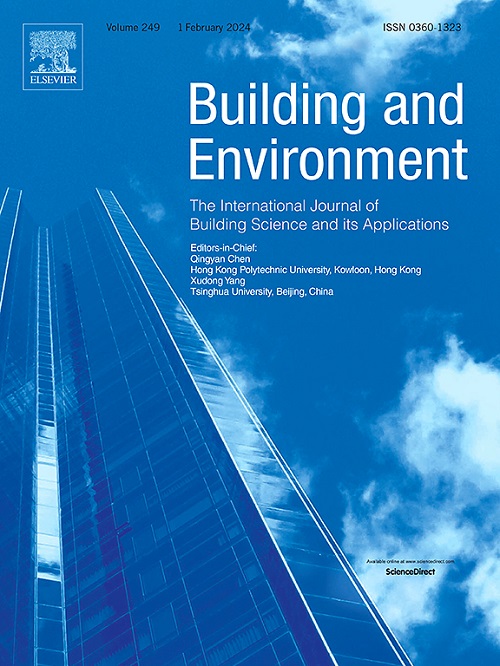Enabling efficient cross-building HVAC fault inferences through novel unsupervised domain adaptation methods
IF 7.1
1区 工程技术
Q1 CONSTRUCTION & BUILDING TECHNOLOGY
引用次数: 0
Abstract
Transfer learning-based methods have been proposed in the building field to integrate operational data from multiple buildings for data-driven model development and thereby, tackling possible data quality challenges encountered by individual buildings. Considering variations in individual building operation patterns and data distributions, domain adaptation is a must for efficient knowledge transfer and is typically achieved in a supervised manner, assuming the availability of labeled data in target buildings. To further enhance the applicability of transfer learning in cross-building applications, this study proposes novel unsupervised domain adaptation methods to facilitate HVAC fault inferences without the need of labeled data in the target buildings. Three domain adaptation techniques have been devised to address discrepancies between source buildings labeled data and target building unlabeled data with the aid of adversarial learning and distribution distance metrics. Two modeling schemes have been developed, catering for single-source and multi-source application scenarios. Besides actual measurement data, five simulation datasets, which are generated using Modelica with different setups on climate zones, building types, and HVAC system control logics, have been utilized for validation. The results indicate that increased data distribution discrepancies between source and target buildings would lead to dramatic performance degradation, while an average fault inference accuracy of 32.98% would be obtained using the proposed single-source domain adaptation methods, and additional performance boost of up to 7.66% could be achieved using the multi-source domain adaptation methods. The insights obtained are useful for developing cross-building data analytics while breaking the data silos in the building field.
求助全文
约1分钟内获得全文
求助全文
来源期刊

Building and Environment
工程技术-工程:环境
CiteScore
12.50
自引率
23.00%
发文量
1130
审稿时长
27 days
期刊介绍:
Building and Environment, an international journal, is dedicated to publishing original research papers, comprehensive review articles, editorials, and short communications in the fields of building science, urban physics, and human interaction with the indoor and outdoor built environment. The journal emphasizes innovative technologies and knowledge verified through measurement and analysis. It covers environmental performance across various spatial scales, from cities and communities to buildings and systems, fostering collaborative, multi-disciplinary research with broader significance.
 求助内容:
求助内容: 应助结果提醒方式:
应助结果提醒方式:


